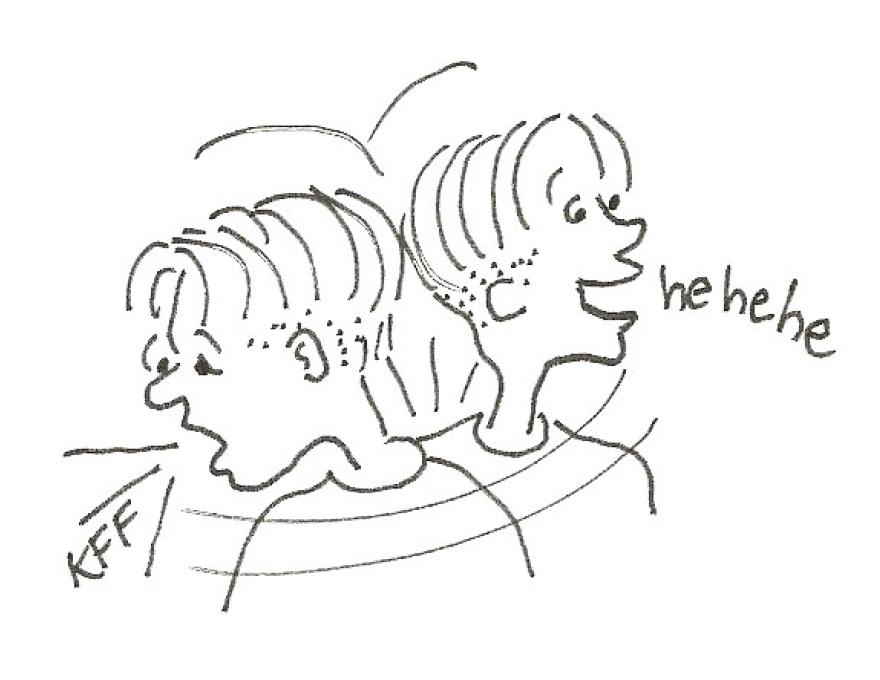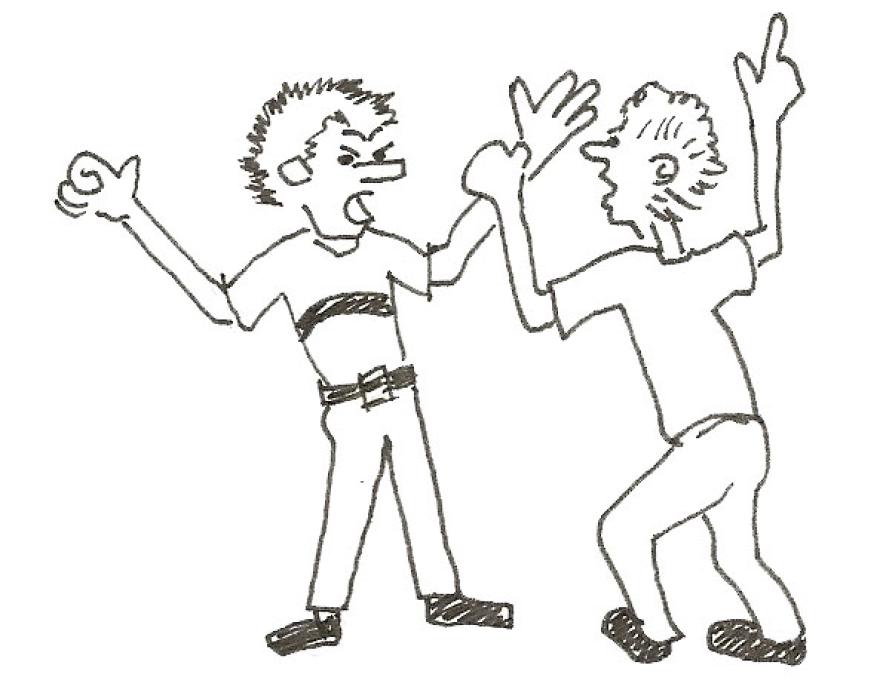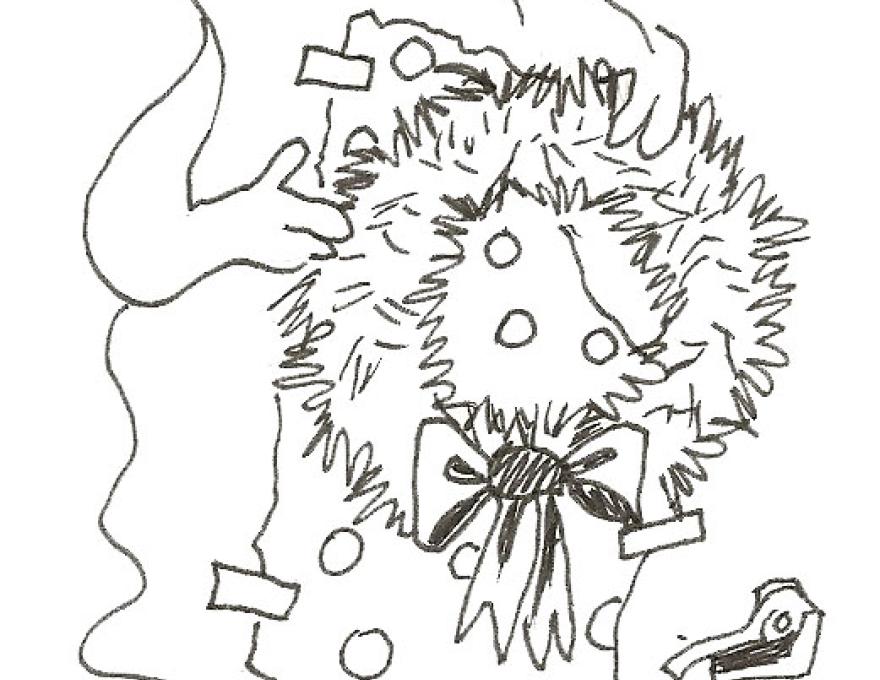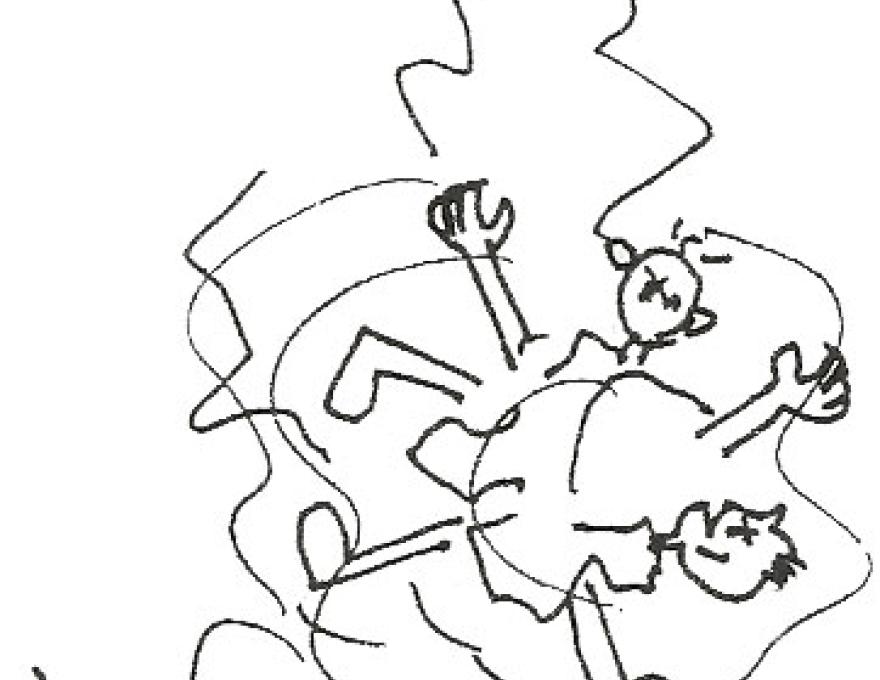A few years back when I was teaching Title 1 students (children who were failing in the regular classroom, but did not qualify for special education), many of them were truly confused by the fact that spelling patterns didn’t always sound the same from word to word. Take AI for instance. We teach kids that AI sounds like long A (the name of the letter), since often it does ("pail," for example).
So imagine what happens when they encounter the word “certain.” AI suddenly doesn’t sound like long a, but rather like short i. In the word “said” ai sounds like short e. Following are some other inconsistencies in spelling that many of my students found to be confusing:
We teach ie is long I as in “pie”
• He finds ie in “friend” and it sounds like short e
We teach oe is long O as in “toe”
• She finds oe in “does” and it sounds like short u
• He finds oe in “shoe” and it sounds like OO
We teach o-e is long O as in “tone” She finds o-e in “come” and it sounds like short u
• He finds o-e in “lose” and it sounds like OO
And my personal favorite? The spelling pattern OUGH.
Most teachers probably start out by saying that OU in “cloud” sounds like the OW in “cow.” So beginning readers who rely on sounding out words might recognize the OU part as it is found in “cloud” and think they have a handle on the word; but the GH presents a unique problem. The spelling pattern OUGH actually has six unique sounds:
/off/ - cough
/oo/ - through
/uf/ - rough, tough, enough
/oh/ - though, although
/ow/ - bough, slough, drought
/ah/ - ought, thought, bought, fought, brought
My fourth grade group was happy when I introduced them to the Ought Brothers using the following sentence which I quickly illustrated: “I thought they ought to have brought the candy they bought and not have fought for more!”

A few weeks later, we had the words rough, tough, enough. One of my students, Adam, looked at his paper and said, “I thought you said ough said OT like in the Ought Brothers!” Thinking rapidly, I said, “Well, when OUGH has a final T, it sounds like /OT/ and is one of the Ought Brothers. These words sound like /UF/.
I also included the word "laugh" in which the GH sounds like /F/ and the word "cough" with the same final F sound. To tie all three spellings together in one sentence with one illustration, you could write “The tough guy will laugh and cough” and draw something similar to what's shown here.
In my experience, many students who struggle with reading rely heavily on their brain’s tendency to look for patterns or reasons why in what they are learning. So if we group like elements together and teach them at one time, it goes a long way towards demystifying spelling patterns for them.
The beautiful by-product of this approach to teaching sound spelling patterns is that you can include new vocabulary words and because the new words are shown in context as part of a sentence, the child is able to derive meaning from them and see how to use them correctly in a sentence.
For example, I am not sure how many kids know what the word “wrangle” means. Using it in a sentence with an illustration will help them know the meaning and understand how to use the word. “To wrangle means to argue with wrath!”
Or take this sentence:
“The wraith will wrestle with the wrapping on the wreath.”
I've often heard that we remember far more of what we see than what we hear. In the illustration, all the elements of the sentence about the wraith are included, making a visual whole.
What I found as a teacher was that by the time I was ready to check the students’ knowledge of the spelling of these words, they didn’t even need me to call out the words before they wrote them down. The images and sentences had stuck so strongly in their memories that not only did they remember how to spell the words, but remembered what the words even were!
My theory is that all these kids were visual learners (or right brain dominant learners) who really needed to rely on patterns for learning. I can’t prove this, but seeing the difference in the kids’ abilities in reading after helping them organize the seeming chaos into understandable order, was proof enough for me.
What is so encouraging to me is to realize that for all the seeming contradictions in our language, we can teach kids to read with an approach that explains all those inconsistencies without just telling them, “This word says ALTHOUGH.” And later, “This word says ENOUGH.” Later, “This word says THROUGH.” By this time if it were me and I were 8, none of it would make sense to me, and I would check out. Instead, we can use patterns to make sense of the inconsistencies in English and help our students succeed!
Sarah Major, CEO of Child1st Publications, grew up on the mission field with her four siblings, all of whom her mother homeschooled. As an adult, Sarah homeschooled a small group of children in collaboration with their parents, and has taught from preschool age to adult. Sarah has been the Title 1 director and program developer for grades K-7, an ESOL teacher, and a classroom teacher. As an undergraduate student, Sarah attended Wheaton College in Wheaton, Ill. and then received her M.Ed. from Aquinas College in Grand Rapids, MI. In 2006 Sarah resigned from fulltime teaching in order to devote more time to Child1st, publisher of the best-selling SnapWords™ stylized sight word cards. In her spare time Sarah enjoys gardening, cooking, pottery, quilting, and spending time with her family.
Child1st Publications, LLC
www.child-1st.com
704-240-9957
1379 S Aspen St
Lincolnton, NC 28092












